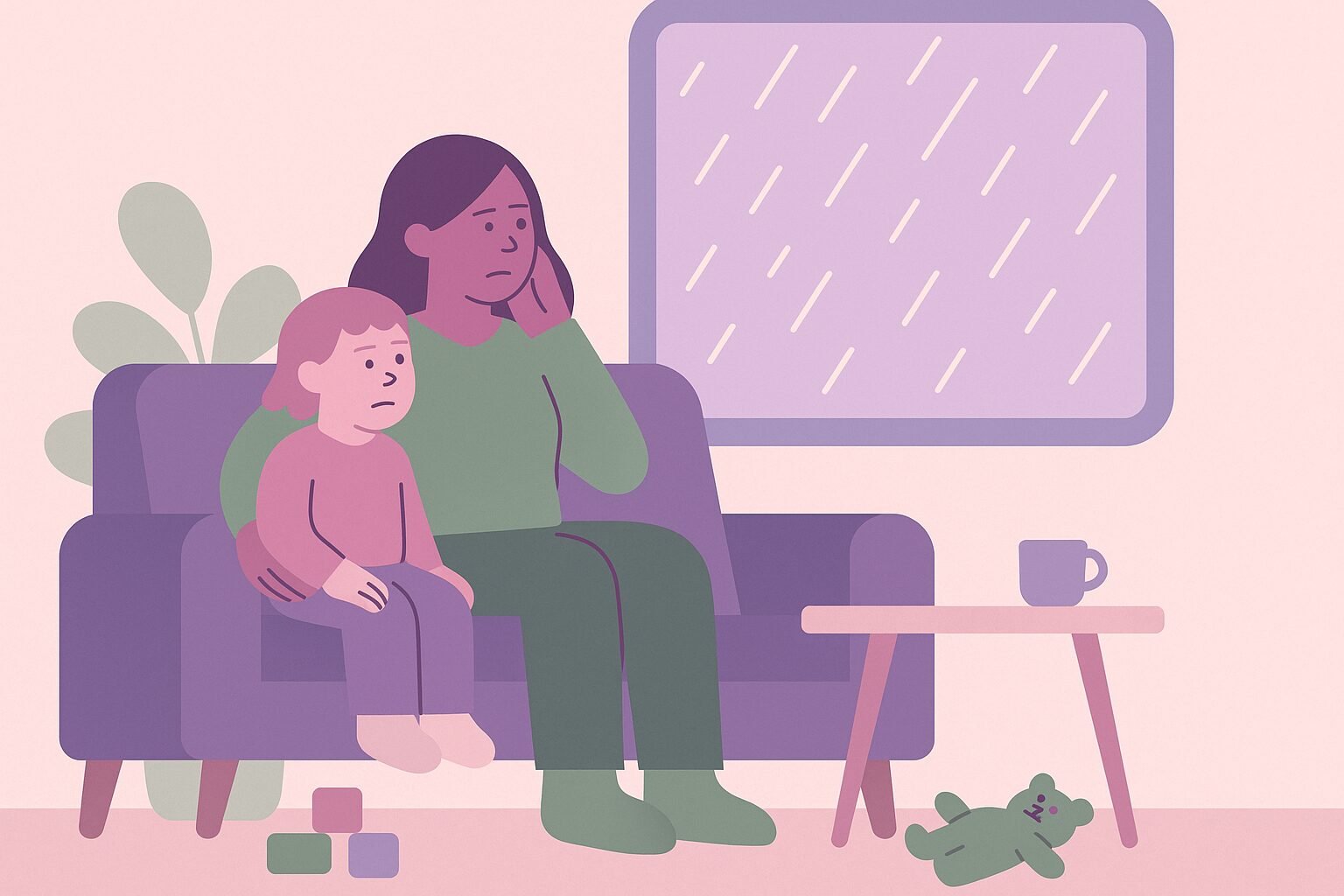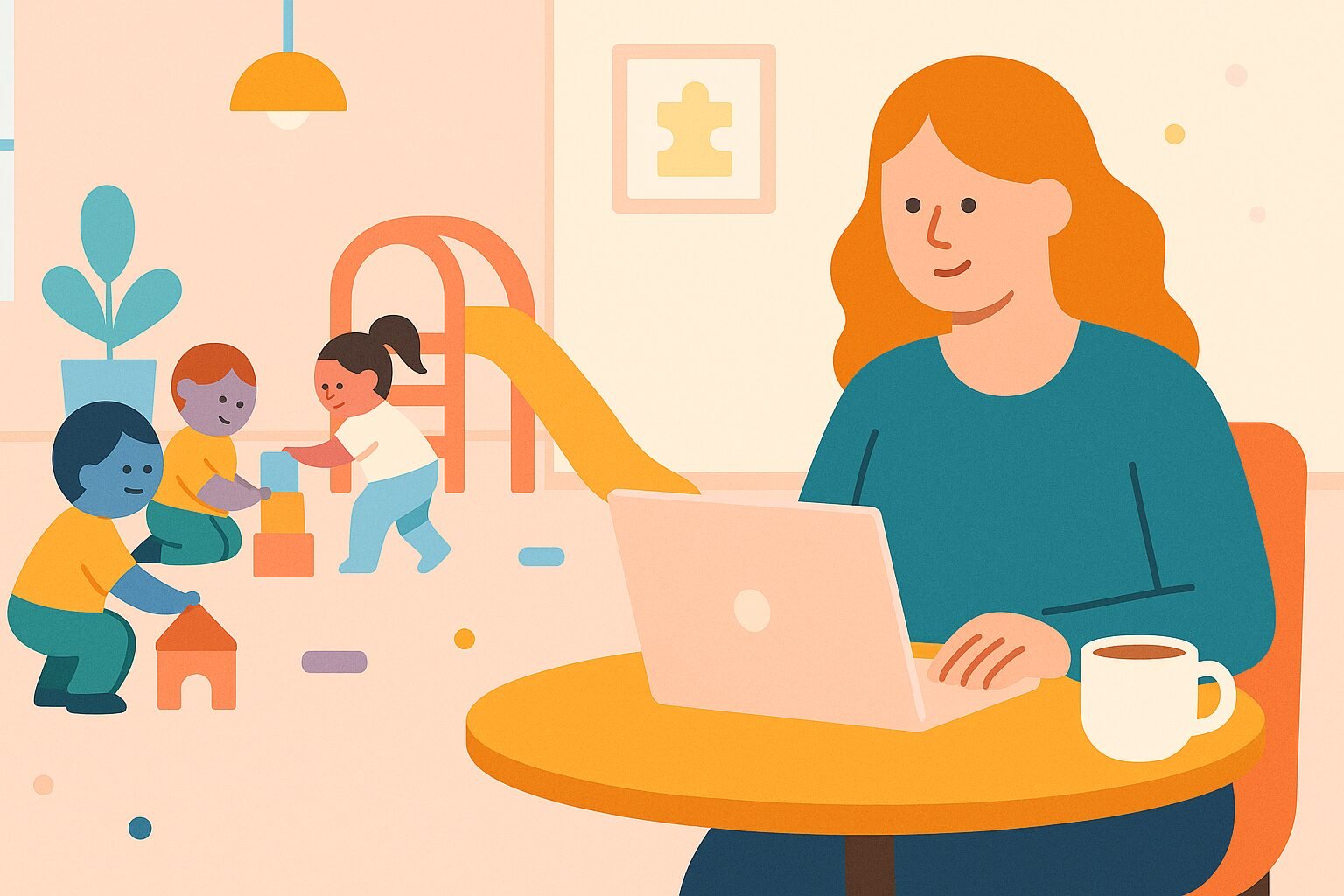Defining “Play Café”
When you hear “play café,” what comes to mind might be plush couches, a cappuccino, colorful toys strewn around, and little ones running free. In many ways, that’s accurate—but a play café is more than just a kid-friendly coffee shop. It’s a hybrid space designed to meet the needs of both children and caregivers, combining supervised or safely-designed play environments with café-style food, drink, and ambiance. In this post, we’ll dig into:
- The definition and core components of a play café
- The history and rise of the play café trend
- Key benefits—for children, for parents, and for communities
- Comparisons: how play cafés differ from indoor playgrounds, family entertainment centers, and other similar concepts
- Considerations for visiting (or starting) a play café
Let’s Get Specific:
A play café (sometimes called a kids’ café, family café, or indoor playground café) is a business model that combines two main elements:
- Play space: This is a safe, clean, and engaging area for children to explore. It might include soft play zones, sensory play, open-ended toy areas, climbing structures suitable for young ones, imaginative play corners, baby/toddler zones, and sometimes even classes or workshops.
- Café food and beverage service: Coffee, tea, healthy snacks, baked goods, sometimes light meals. The idea is that parents or caregivers can relax, socialize, or work, while their children play in view or under supervision.
In many play cafés, additional services are offered: birthday party hosting, classes (e.g. music, art, storytime), drop-in passes, memberships, and even private events. The ambiance tends to lean more toward cozy, modern design (versus large entertainment machines or arcade games), cleaner, safer layouts, and often better food / drink quality. Safety, cleanliness, aesthetics, and comfort are typically emphasized.
History & Rise of the Play Café Trend
The play café model has been growing steadily over the past 10-20 years. Some observations and historical context:
- While indoor play centers and family entertainment venues have existed for decades, combining café hospitality with play space in a smaller, community-oriented format has become more common in the U.S. in the last decade or so.
- Some sources trace the popularization of kids’ cafés to Asia (South Korea, Japan), where “kids cafes” have been more established and have inspired international versions. Source: https://rebeccakoppinteriors.com/blogs/news/the-rise-of-the-kids-play-cafe
- More recently, trends like working from home, parents looking for kid-friendly social spaces, and the need for safe indoor options (for weather, etc.) have accelerated demand. The COVID-19 pandemic also shifted expectations about hygiene, spacing, and design.
For example, “The Littles Play Café,” which opened in 2023, is an example of modern parents wanting a cleaner, more modern play space that’s also comfortable for adults. Source: https://www.timesunion.com/kristi/article/local-cafe-offers-large-play-area-kids-cafe-time-20189119.php
The Business Side: Are Play Cafés Profitable?
If you’re wondering whether a play café can be more than just a passion project—yes, many are. But like any business, success depends on execution, market fit, and operations. Here are some insights:
- An article from Soft Play outlines the revenue streams for indoor playground cafés: open play fees, memberships, café sales, private events or parties, classes, and sometimes merchandise. Profitability depends on balancing fixed costs (rent, equipment, staffing) with margins. Source: https://www.softplay.com/blog/play-cafe-profits
- Adding a café component raises average transaction value. One business coach in the indoor playground sector notes that more than two-thirds of parents choose café menu items in addition to play passes. Source: https://www.michelecaruana.com/blog/why-having-a-cafe-is-essential-for-indoor-playground-profitability
- Challenges include maintaining cleanliness, staffing costs, equipment maintenance, and ensuring consistent traffic. Location matters, and seasonality also affects traffic.
Key Benefits of Play Cafés
For Children
- Physical activity and gross motor development: Play cafés encourage climbing, running, balancing—all of which support coordination and health. Studies confirm that playgrounds (including indoor ones) contribute to children’s activity levels. Source: https://pmc.ncbi.nlm.nih.gov/articles/PMC11232259
- Cognitive, social, and emotional development: Imaginative play, sensory stations, and peer interaction help with creativity, language, and problem-solving.
- Safe environment for exploration: Clean interiors and age-segmented zones reduce risk and build confidence for both kids and parents.
For Parents & Families
- Time to recharge, socialize, or work: Parents can relax with coffee, meet others, or catch up on tasks in a welcoming space.
- Community building: Play cafés often host playdates, homeschool meetups, and parent groups, reducing isolation.
- Convenience: Combining play and café means fewer separate outings and an easy option on bad weather days.
For Communities
- Local economy: Most play cafés are small businesses, creating local jobs and partnerships with suppliers.
- Inclusive family spaces: Especially in suburban/urban areas, they fill a gap for family-friendly venues.
Play Cafés vs Other Indoor Play / Entertainment Options
| Feature | Play Café | Indoor Playground / Family Entertainment Center |
|---|---|---|
| Atmosphere | Cozy, modern, community-oriented, adult-friendly | Loud, arcade-like, often designed only for kids |
| Age Focus | Infants–preschool (0–6 years) | Wider range, often including older kids/teens |
| Food & Beverage | Quality coffee, fresh snacks, healthy options | Pizza, soda, concessions |
| Pricing | Drop-in fees + café purchases; memberships | Higher entry fees, package deals, larger scale |
Visitor Considerations
- Check safety/cleanliness of play surfaces and staff oversight
- Look for age-segmented areas if you have multiple children
- Review food and dietary options if allergies or preferences matter
- Compare pricing: per-hour vs. membership vs. bundles
- Consider convenience: location, parking, hours
Trends in Play Cafés
- Design-forward spaces: Instagram-friendly interiors, clean lines, natural light
- Educational/sensory play: STEAM activities, textures, music
- Tech integration: Projection games, AR (emerging)
- Health and sustainability: Air filtration, non-toxic play surfaces, eco-friendly practices
- Membership models: Families opt for monthly passes for affordability
Examples & Case Studies
- The Littles Play Café in New York reached capacity soon after opening, proving high demand. Source: https://www.timesunion.com/kristi/article/local-cafe-offers-large-play-area-kids-cafe-time-20189119.php
- Customer loyalty study in South Korea found relationship benefits (confidence, social treatment) directly increased repeat visits. Source: https://www.researchgate.net/publication/359598194_Customer_loyalty_in_the_kids_cafe_business_the_role_of_relationship_benefits
- Financial insights from indoor playground cafés: Articles like “Are Play Cafes Profitable?” by Soft Play dive into startup costs, typical revenue streams, and the importance of café sales to support profitability. Source: https://www.softplay.com/blog/play-cafe-profits
Find a Play Café Near You
If you’re curious to see one for yourself, explore our growing Play Café Directory where you can search by city, state, or region to find family-friendly spaces near you.
Here are a few examples of cafés featured in our listings:
- Humanette Play Café — a modern space designed with both parents and kids in mind.
- The Busy Bee Play Café — a welcoming spot known for its cozy atmosphere and community vibe.
- The Treehouse Play Café — a playful, nature-inspired café perfect for little explorers.
Or simply head back to our homepage to discover even more.
Conclusion
Play cafés represent a powerful fusion of play, community, comfort, and convenience. They answer a rising demand for safe, well-designed spaces where children can play and parents can relax. With benefits that span physical development, social connection, and mental breaks, it’s no surprise the model has resonated so strongly in recent years.
As this trend continues to evolve, look for more innovation in design, educational content, safety protocols, and business models. Whether you’re a parent seeking quality time out of the house, or an entrepreneur exploring the play café business, understanding the what, why, and how of this model will help you make choices that align with your needs and values.



